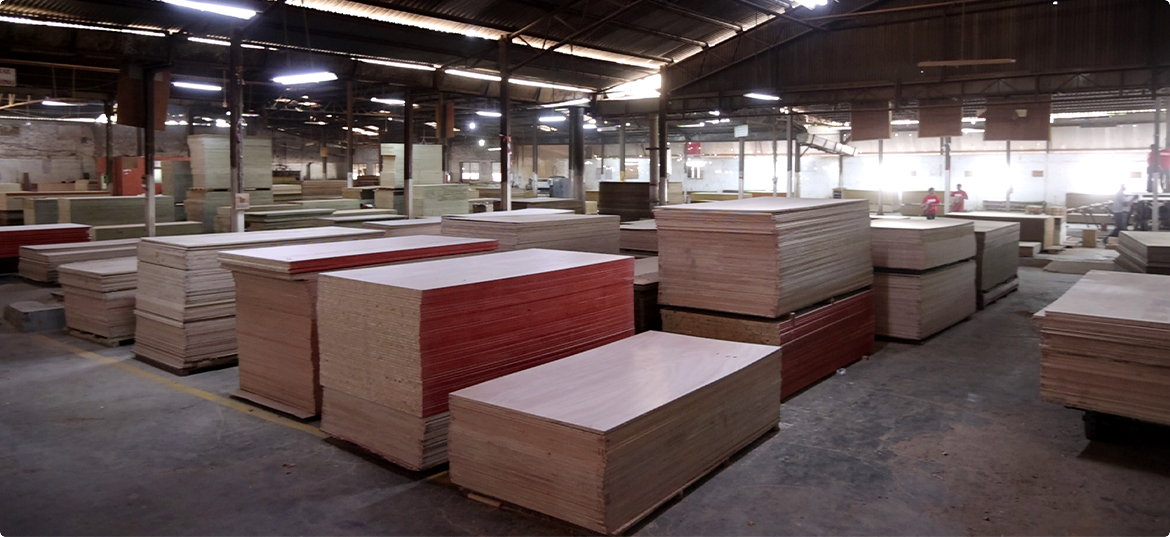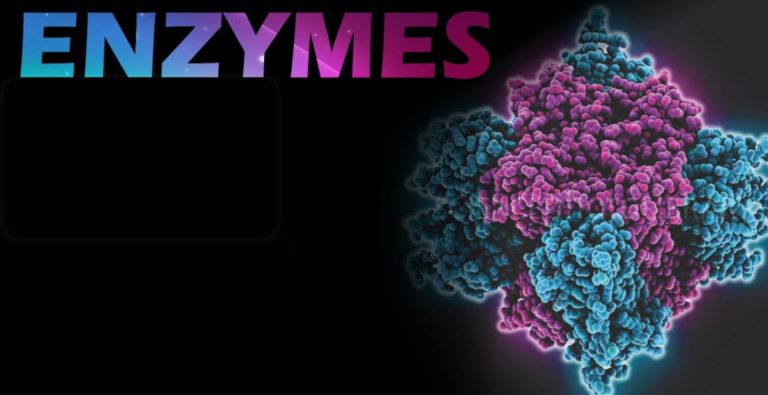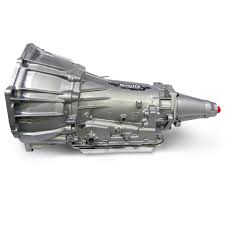
Choosing the Right Adhesives for Waterproof Plywood
When it comes to working with waterproof plywood, one of the key factors that often go unnoticed but plays a critical role in its performance is the type of adhesive used. The choice of adhesive can make or break the integrity of the plywood in wet conditions.
Whether you’re embarking on a marine construction project, designing outdoor furniture, or renovating a bathroom, selecting the right adhesive for waterproof plywood is essential.
In this blog, we’ll delve into the world of adhesives for waterproof plywood, explaining why they matter and providing guidance on making the best selection.
Understanding the Significance of Adhesives
Before we explore the various adhesive options available, it’s essential to grasp why adhesives are so crucial in the construction of waterproof plywood. Plywood is made by layering thin sheets of wood veneers together. These veneers are bonded using adhesives, which not only hold them together but also provide structural stability to the plywood.
In the case of waterproof plywood, the adhesive is the primary line of defense against moisture. It’s the adhesive that ensures the layers of veneer remain tightly bonded, preventing water from infiltrating and compromising the structural integrity of the plywood.
Therefore, the choice of adhesive directly impacts the plywood’s ability to withstand exposure to water, making it a critical factor in any project where moisture resistance is essential.
Common Types of Adhesives for Waterproof Plywood
Several adhesive types are suitable for bonding waterproof plywood, each with its unique properties and advantages. Understanding these options will help you make an informed choice based on your specific project requirements.
1. Phenolic Resin Adhesive (Phenolic Bond)
Phenolic resin adhesive is a popular choice for manufacturing marine-grade waterproof plywood. It is known for its exceptional resistance to water and high temperatures, making it ideal for applications exposed to harsh marine environments. Phenolic-bonded plywood is often referred to as “WBP” (Water Boil Proof) plywood, indicating its ability to withstand boiling water without delaminating.
This type of adhesive is also resistant to chemicals, which is another reason it’s favoured in marine and industrial applications.
When using plywood in situations where water exposure is frequent and intense, such as boat building or outdoor installations, opting for phenolic resin adhesive is a wise decision. It ensures that your plywood maintains its structural integrity and moisture resistance over time.
2. Melamine Formaldehyde Adhesive
Melamine formaldehyde adhesive is another adhesive commonly used in the construction of waterproof plywood. It offers good water resistance and is often used in indoor applications where moisture is a concern but not as extreme as in marine environments. Melamine-bonded plywood is known for its smooth, hard surface, making it suitable for furniture and cabinetry.
This adhesive is less expensive than phenolic resin, making it a practical choice for projects where budget constraints are a consideration.
While it may not provide the same level of moisture resistance as phenolic resin, melamine formaldehyde adhesive can still offer adequate protection against water-related issues such as warping and delamination in indoor or covered outdoor applications.
3. Urea-Formaldehyde Adhesive
The urea-formaldehyde adhesive is often used in the construction of interior-grade waterproof plywood. While it offers good bonding strength and resistance to water vapour, it is not as effective in resisting prolonged exposure to liquid water as phenolic resin or melamine formaldehyde adhesives.
Interior-grade waterproof plywood is designed for applications where moisture resistance is necessary but not as critical as in marine or outdoor settings.
This type of plywood is commonly used for indoor furniture, cabinets, and other projects where occasional exposure to humidity or moisture may occur. Urea-formaldehyde-bonded plywood can serve well in such situations, provided it is adequately sealed and maintained.
4. Polyurethane Adhesive
Polyurethane adhesive is a versatile choice for waterproof plywood, known for its excellent water resistance and flexibility. It forms a strong bond and is resistant to both water and chemicals, making it suitable for various applications, including marine, outdoor, and indoor projects.
Polyurethane-bonded plywood is often used in boat building, where it can withstand the constant exposure to saltwater and moisture. It’s also an excellent choice for outdoor furniture and cabinetry, thanks to its durability and resistance to environmental factors.
Additionally, polyurethane adhesive provides flexibility, which can help the plywood withstand the natural expansion and contraction that occurs with changes in temperature and humidity.
Selecting the Right Adhesive for Your Project
Choosing the right adhesive for your waterproof plywood project depends on several factors:
1. Application
Consider where the plywood will be used. If it’s for a marine or outdoor application where exposure to water is frequent, opt for phenolic resin or polyurethane adhesive.
For indoor or less demanding applications, melamine formaldehyde or urea-formaldehyde adhesive may suffice.
2. Budget
Your budget will play a role in the adhesive selection. Phenolic resin adhesives tend to be more expensive than others, so assess your project’s budget constraints carefully.
3. Environmental Conditions
Think about the specific environmental conditions your plywood will face. If it’s in a constantly wet environment, prioritize adhesives with higher water resistance.
4. Sustainability
If sustainability is a concern, research and choose adhesives that are eco-friendly and meet environmental standards.
5. Maintenance
Consider the long-term maintenance requirements of your project. Some adhesives may require more maintenance than others to preserve their water-resistant properties.
Wrapping Up
In conclusion, the choice of adhesive for waterproof plywood is a critical decision that should align with the demands of your project. Each adhesive type has its advantages and limitations, so it’s essential to assess your project’s needs carefully.
By selecting the right adhesive, you can ensure that your waterproof plywood remains structurally sound and resistant to moisture, extending the lifespan of your construction or woodworking endeavour.
If you require different types of plywood, you can explore the market to discover a diverse range of options, such as fire retardant plywood, zero-emission plywood, marine plywood, calibrated plywood, and more. Select the one that best suits your specific needs and preferences.



